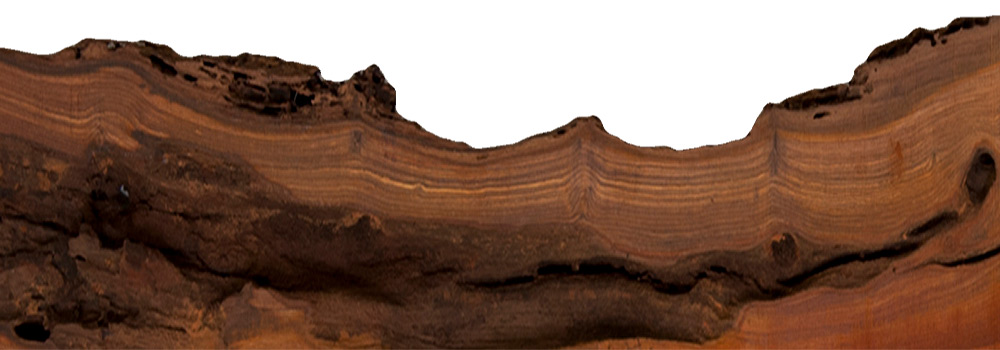Cocobolo Turning Blanks

Cocobolo Turning Blanks
Buy Online
All Turning Blanks
Shop NowCocobolo Specs
- Scientific Name
- Dalbergia retusa
- Common Name(s)
- Cocobolo (many variant spellings, such as cocabola or cocobola)
- Distribution
- Central America
- Average Dried Weight
- 69 lbs/ft3 (1,095 kg/m3)
- Specific Gravity
- Basic: 0.89, 12% MC: 1.1
- Janka Hardness
- 2,960 lbf (14,140 N)
- Modulus of Rupture
- 22,910 lbf/in2 (158 MPa)*
- Elastic Modulus
- 2,712,000 lbf/in2 (18.7 GPa)*
- Crushing Strength
- 11,790 lbf/in2 (81.3 MPa)* *values from tentative strength group assessment per South American Timbers
- Shrinkage
- Radial: 2.7%, Tangential: 4.3%,
- Appearance
- Cocobolo can be seen in a kaleidoscope of different colors, ranging from yellow, orange, red, and shades of brown with streaks of black or purple. Sapwood is typically a very pale yellow. Colors are lighter when freshly sanded/cut, and darken with age; for more information, see the article on preventing color changes in exotic woods.
- Texture
- Grain is straight to interlocked, with a fine, even texture. Good natural luster.
- Rot Resistance
- Rated as very durable, and also resistant to insect attack. Its natural oils are reported to give it good resistance to degrade from wet/dry cycles.
- Workability
- Due to the high oil content found in this wood, it can occasionally cause problems with gluing. Also, the wood’s color can bleed into surrounding wood when applying a finish, so care must be taken on the initial seal coats not to smear the wood’s color/oils into surrounding areas. Tearout can occur during planing if interlocked grain is present; the wood also has a moderate blunting effect on cutting edges/tools due to its high density. Cocobolo has excellent turning properties.
- Odor
- Cocobolo has a distinct spice-like scent when being worked, which some find unpleasant: though it has been used in at least one women’s perfume.
- Allergies/Toxicity
- Notoriously allergenic. Reported as a sensitizer; can cause skin, eye, and respiratory irritation, as well as nausea, pink-eye, and asthma-like symptoms.
- Pricing/Availability
- Cocobolo is in limited supply, and is also in relatively high demand, (for ornamental purposes), and is likely to be quite expensive. Prices should compare similarly to other rosewoods in the Dalbergia genus.
- Sustainability
- Cocobolo is listed on CITES appendix II under the genus-wide restriction on all Dalbergia species—which also includes finished products made of the wood (though finished items under 10 kilograms are exempted). It is also listed on the IUCN Red List as vulnerable due to a population reduction of over 20% in the past three generations, caused by a decline in its natural range, and exploitation.
- Common Uses
- Fine furniture, musical instruments, turnings, and other small specialty objects.
- Comments
- One of today’s most prized lumbers for its outstanding color and figure—yet also one of the most infamous for its difficulty in gluing, and its tendency to cause allergic reactions in woodworkers.
Cocobolo Turning Blank Prices
Cocobolo Pen Turning Blank
$2.00
Buy Online
3″ x 3″ x 12″ Cocobolo Turning Blank
$44.65
Buy Online
3″ x 6″ x 6″ Cocobolo Turning Blank
$57.60
Buy Online
3″ x 8″ x 8″ Cocobolo Turning Blank
$102.15
Buy Online
1.5″ x 1.5″ x 12″ Cocobolo Turning Blank
$12.00
Buy Online
2″ x 2″ x 12″ Cocobolo Turning Blank
$20.75
Buy Online







